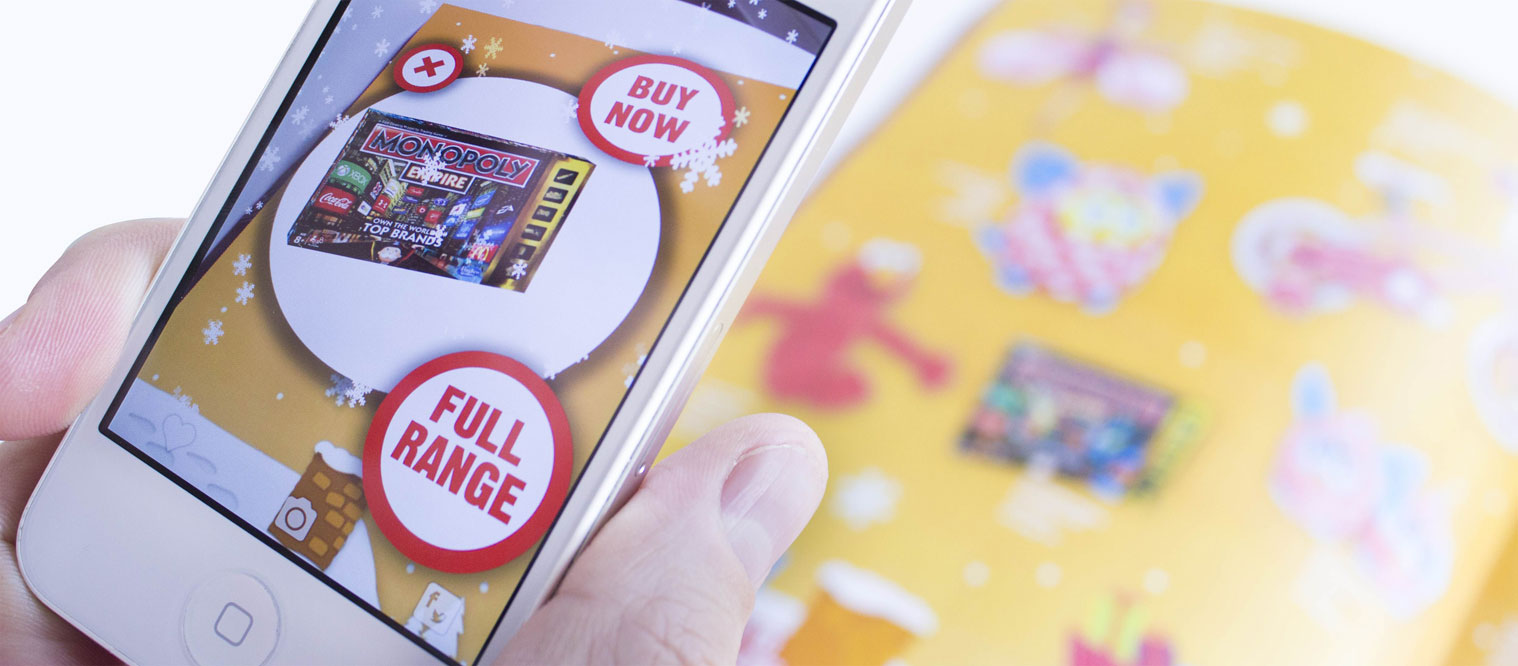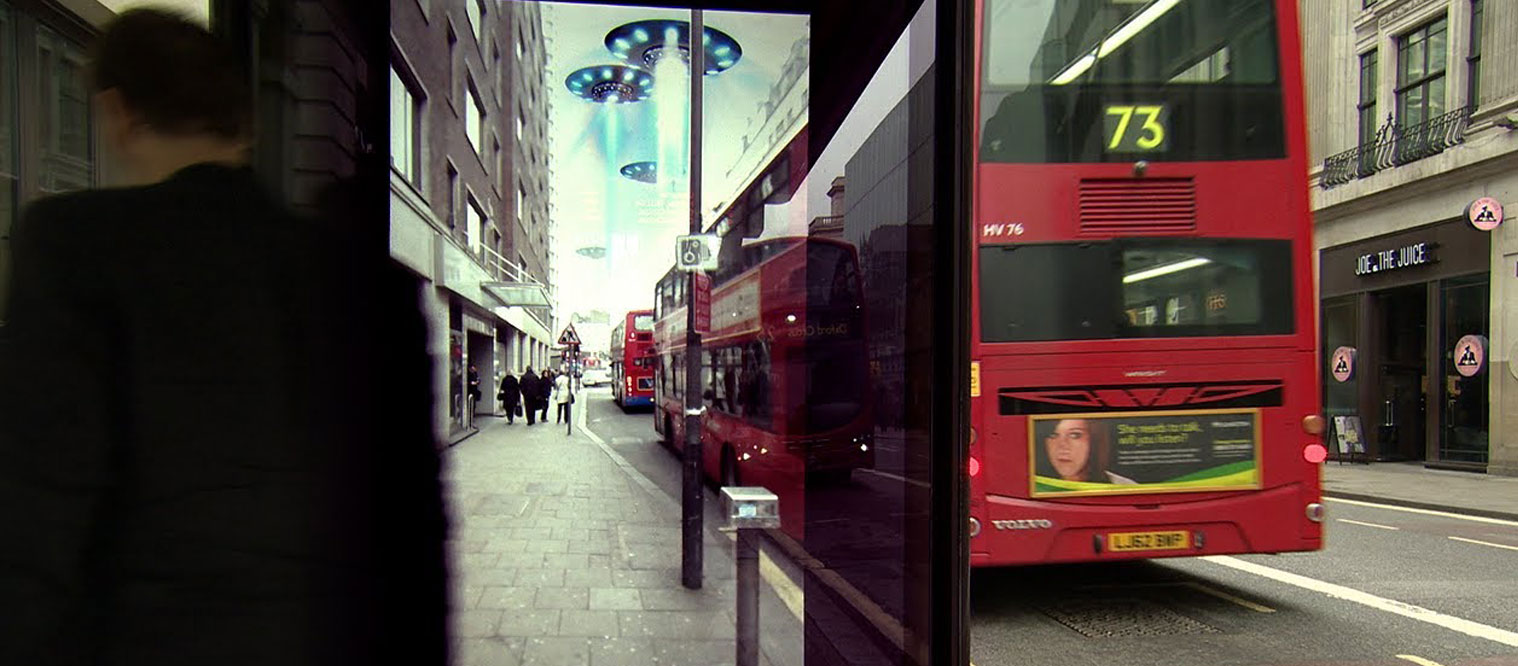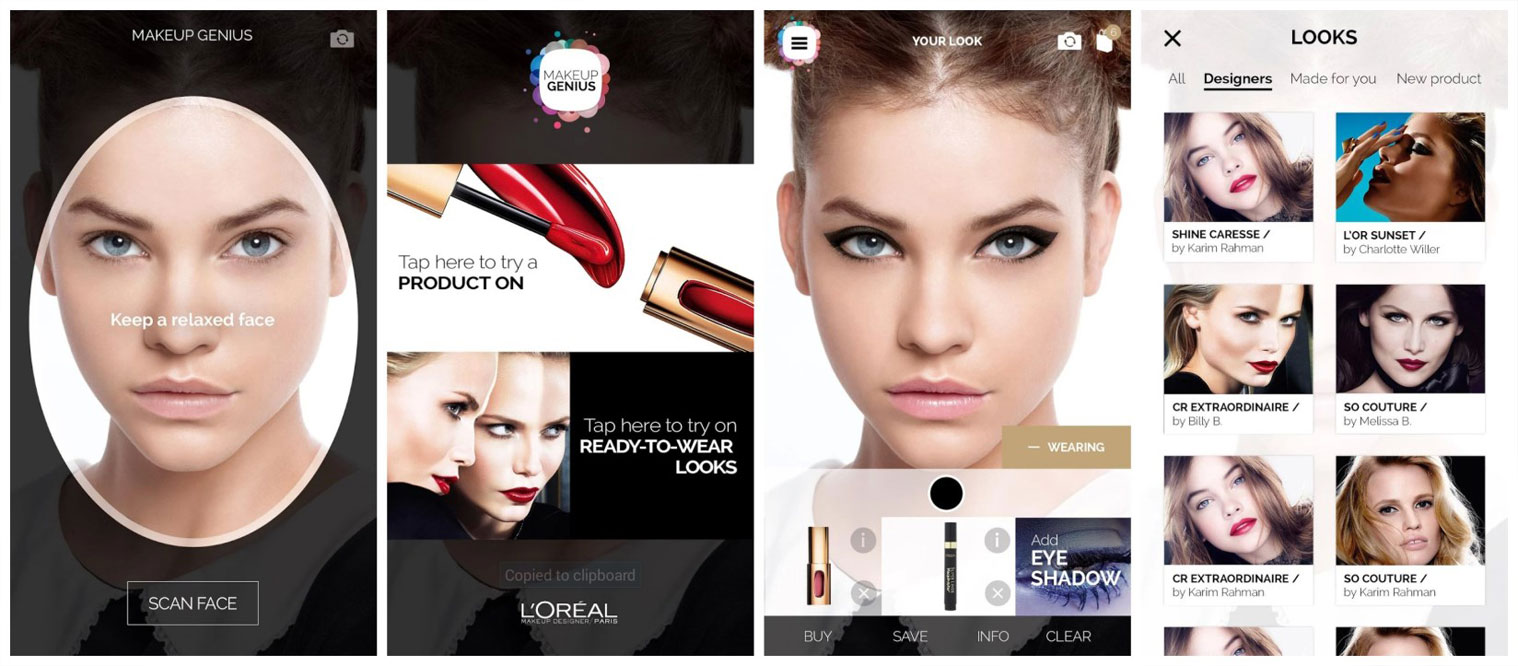Augmented Reality: Are We There Yet?
Augmented Reality (AR) has been around for quite a while now, but it’s been primarily the province of geeks, techies, and a few brave marketing folks trying to figure out how to leverage it to increase brand awareness and sales. Many of you are wondering if NOW is the time to start investing in AR. Possibly!
If you are not yet familiar with AR, it is simply computer-generated imagery superimposed onto a real-world image or video feed that can be viewed through a device such as a mobile phone. It can leverage sound, video, graphics or GPS data and enhances the real world experience. It differs from Virtual Reality (VR) in that it does not take people out of the real world context. The AR experience does not require expensive VR devices such as the Oculus Rift, making it more accessible and commercially viable.
As with all technology, AR is only as good as the creative and strategic uses we align it with. It’s potential is just being understood, and this is why it’s now time to start figuring out what this can do for your customers. We gathered a little inspiration for you to check out how AR is being implemented right now:
Gaming
![]()
At this point, we all know that Pokemon Go was really the first massively successful AR implementation. With over 500 million downloads to date, it has made Nintendo a household name yet again and has massively increased public awareness of the uses and potential for AR. This game is truly the tipping point of AR, and we thank Nintendo for being the one!
Product Marketing and Sales
Argos made its holiday catalog shoppable using the Blippar app. Shoppers use the camera on their phones to view products that the app recognizes, enabling instant purchase. Blippar went viral with 21,000 customers sharing it on social media; it garnered an impressive 929,000 interactions in the first ten weeks. Who is helping out Santa this year? Argos is!
Education
ARnatomy is an educational tool to teach gross anatomy that pairs a mobile app with a set of bones affixed with AR targets. This breakthrough methodology allows students to learn the spatial relationships between bones in a way that a 2D textbook cannot replicate, but that is much more accessible and affordable than cadaver dissection. The educational and medical potential of AR is enormous, and those first to the game will stake out a huge market.
Shock Tactic Marketing
Pepsi brought some magic (and terror) to the streets of London in 2014 with its AR-enabled billboard. While waiting for the bus, people would be awed by flying saucers, tigers and asteroids approaching them through the advert, proving that AR doesn’t just have to be contained on a mobile device. With 7.5 million views, the resulting video is one of YouTube’s most-watched advertising campaigns.
Cultural Experiences
The British Museum's “A Gift for Athena” provides a tablet and app for school groups of children aged 7 to 11 to interact with its Parthenon gallery. This sleek app experience enables deep learning opportunities relevant to the sculptures of ancient Greece through narrative and problem-solving activities. Way more fun than looking at the same dusty old marble, and excites a younger generation to delve deeper into art and history.
Consumer Product Extension
L'Oreal Makeup Genius app scans a user's face and in real time, allows them to try on makeup which they can then purchase. It's already been downloaded over 10 million times and has created 25 million product looks for people. This is product marketing at it’s virtual best!
High Tech Military Uses
The U.S. military is developing bionic contact lenses that contain display elements embedded into the lens with integrated circuitry and LEDs. In the near future, American soldiers will use these with their built-in antennae for wireless communication and become more connected to their command and their country's massive resources. The future is now!
These are just a few of the really exciting end uses for AR technology that illustrates its potential to transform a wide range of industries and experiences. As the technology continues to develop it will get smoother and more seamlessly integrated into our lives.
Now that we know what success looks like, it is finally the time for brands to start using this technology as part of their ongoing digital strategy. Contact FROM to learn how we support your company in taking advantage of this new wave of technology.





